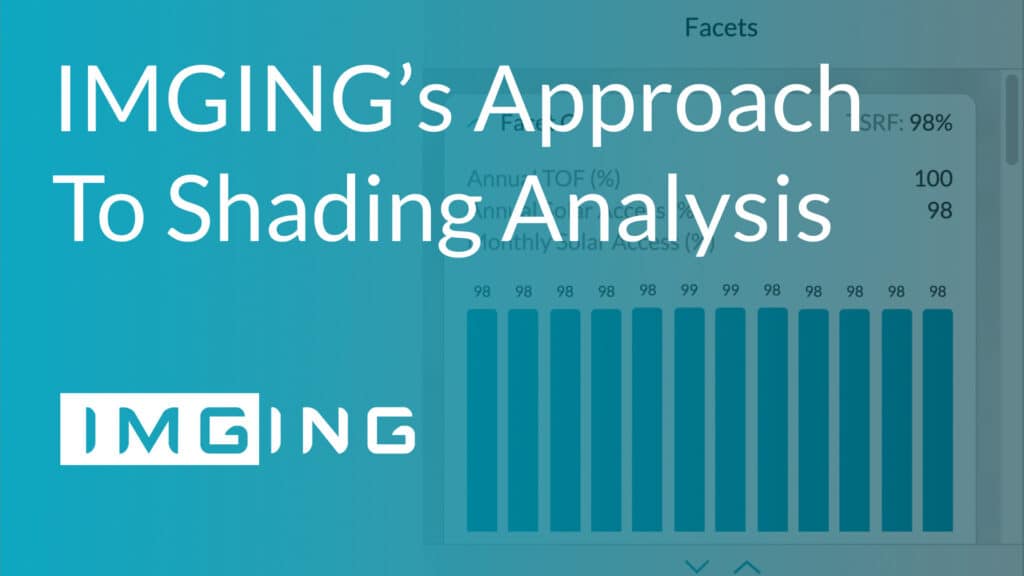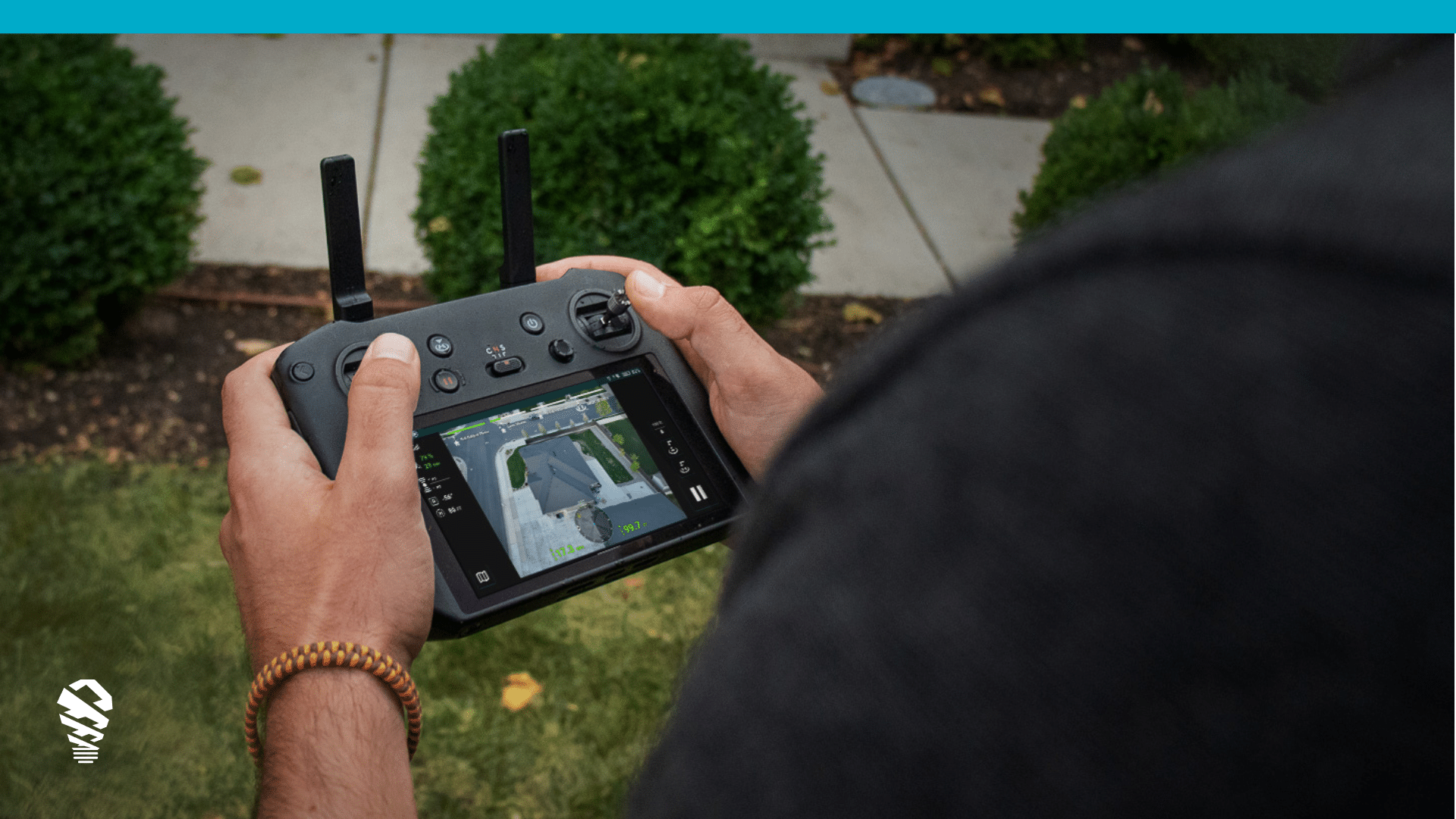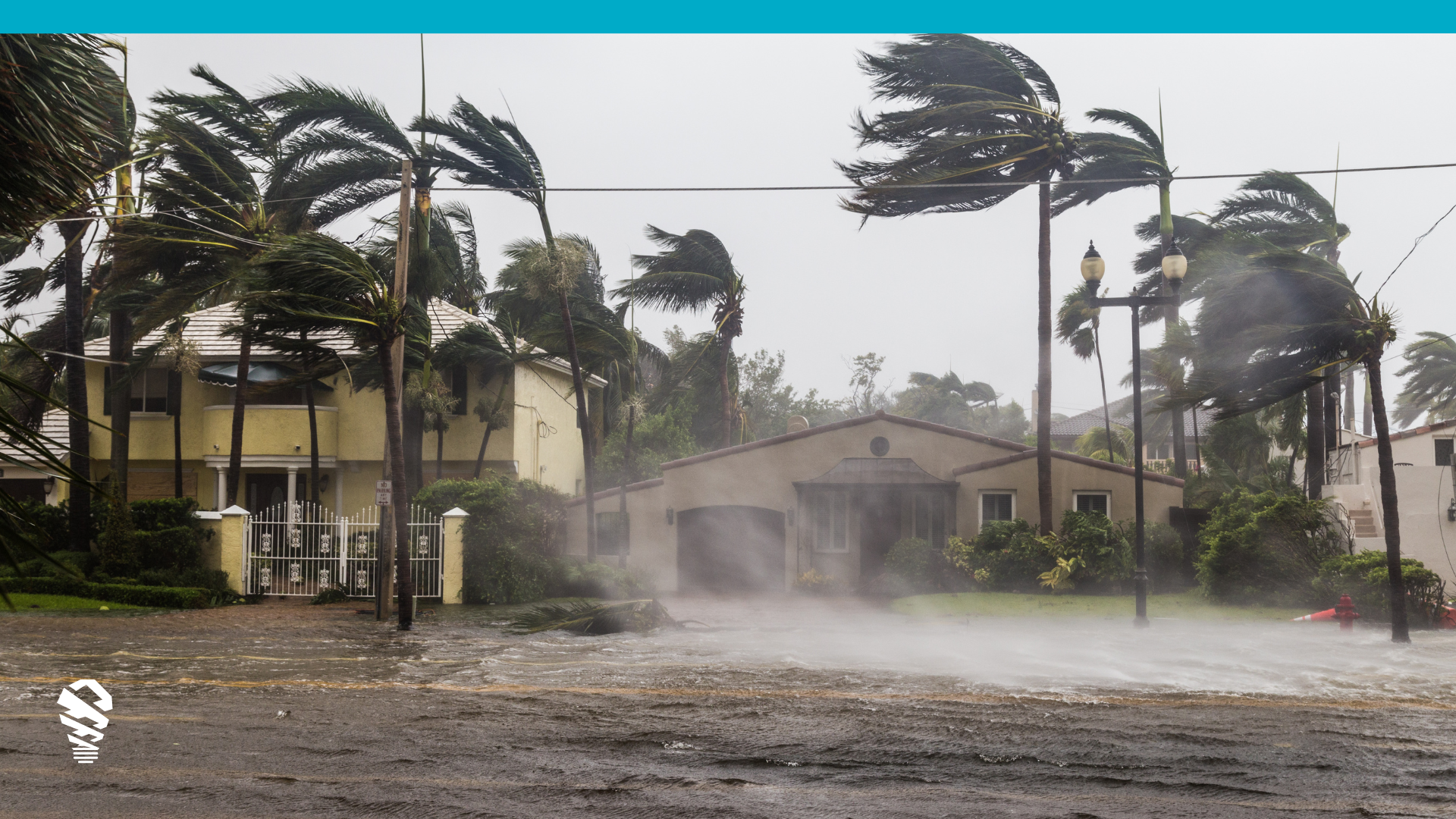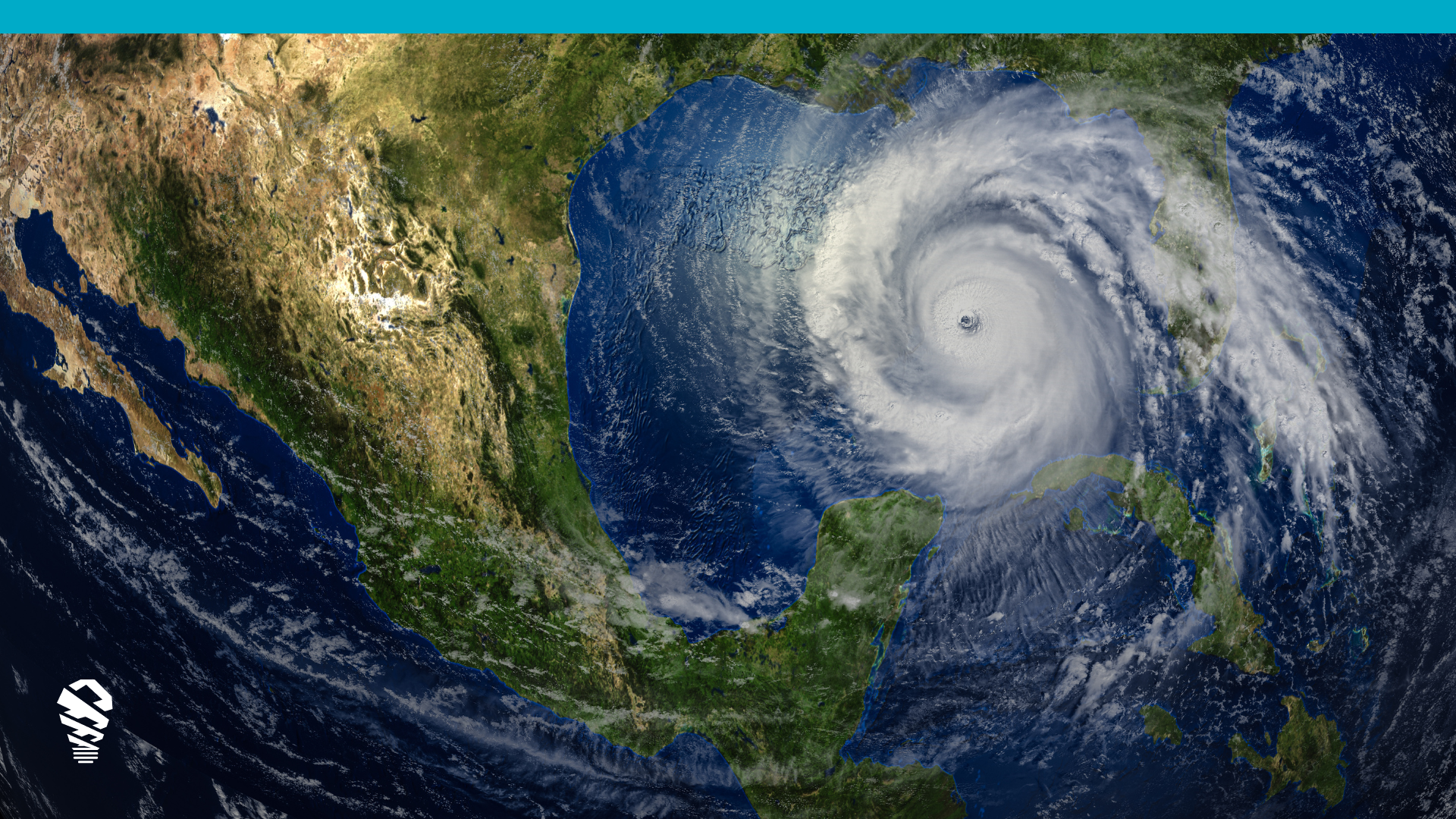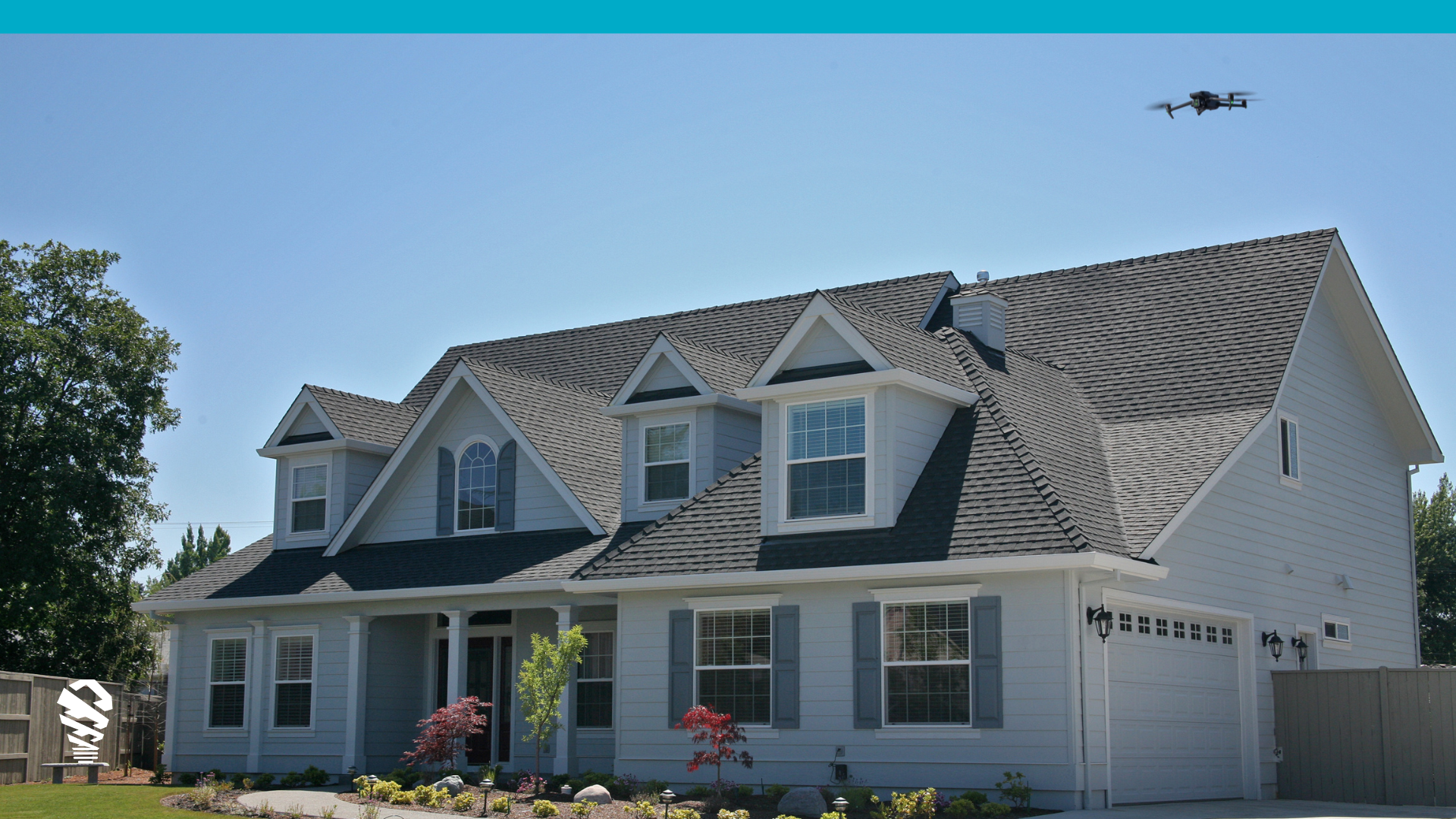Accurate shading analysis is crucial to designing and financing solar arrays. Because IMGING uses drones for solar shading analysis, you can be sure you’re receiving the most accurate, real-time data available, all while simultaneously performing a site survey. IMGING’s shading tool includes Solar Access, Tilt and Orientation Factor (TOF), and Total Solar Resource Fraction (TSRF) numbers. It factors in how objects on, or near a roof obstruct direct irradiance to a mounting plane and accumulates the irradiance in kilowatt hours per square meter per year in a heat map on a facet labeled 3D model. Users can also generate standard shading reports in PDF format. Each report includes roof penetrations and objects, pitch, azimuth, area, solar access, TOF, and TSRF by facet. We’ll review the definitions used and our approach to these critical solar data points.
Solar Access
Solar access is a long-standing method used to calculate the amount of solar energy available to a location. Over time, this has been calculated by handheld devices, aerial imagery, and now drone data. The definition of solar access is the solar energy received including shading, divided by the total energy received if there were no shading, or:

To calculate solar access, we model incident energy using weather data from databases of typical local weather data. Then we sum incident energy for the position of the sun every 15 minutes throughout the year. If the point is shaded, blocked energy isn’t added to Eshade.
TOF
TOF is an acronym for Tilt and Orientation Factor and is calculated by dividing irradiance of the actual tilt and orientation by the irradiance of the optimal tilt and orientation. It’s written as a percentage indicating what the irradiance of an actual array would receive compared to what an optimally tilted and oriented array would receive.
TSRF
TSRF stands for Total Solar Resource Factor and compares actual available irradiance, accounting for shading, and TOF against optimal orientation and no shade loss. TSRF = TOF * solar access. TSRF values are included for the entire roof and each facet for the year.
IMGING’s Approach
IMIGNG breaks down incident light into three components, direct bean irradiance, diffuse light, and albedo, or ground reflection light, represented as:

Some existing solutions incorrectly cancel out the diffuse light component during hours where the location of the sun does not receive direct light, IMGING corrects this as a location will always receive diffuse light even in the presence of shade.
For more details about our uniquely accurate approach to shading, contact us at lovelandinnovations.com/demo.

